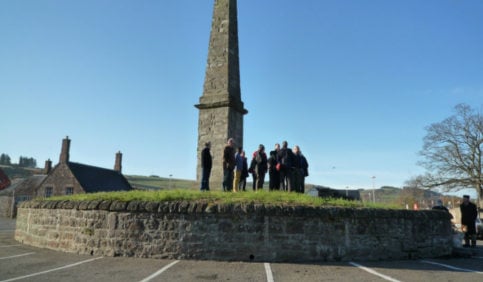The archeologists carbon dated mud beneath the Cromartie Memorial car park in Dingwall, fourteen miles north of Inverness. They also found fragments of an iron vessel and imported medieval pottery.
“The radio-carbon datings provide strong scientific evidence…that the mound was created during the period of late Norwegian political influence," Dr Oliver O’Grady, one of the archaeologists involved in the dig told The Scotsman.
"The lack of substantial occupation remains or burial activity is also further circumstantial evidence that the mound was created for an assembly site or Thing."
Historians believe that the mound, built on a man-made island on the River Pefferey, was built on the instructions of Thorfinn the Mighty, a viking earl who died in 1065.
Thorfinn greatly expanded his domain after defeating the Scots at the battle of Torfness, ruling over the islands of Shetland and Orkney, as well as a large swathe of the Highlands.
The dig was part-funded by the EU Northern Periphery International Thing Project, led by Arild Bergström at the Haugland International R&D Centre in Norway's Sogn og Fjordane county.
Dingwall is already a key stop on the Thing Sites GeoTour funded by the EU, which includes sites in Scotland, Norway, Iceland, the Faroes and the Isle of Man.



 Please whitelist us to continue reading.
Please whitelist us to continue reading.
Member comments